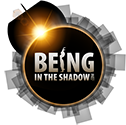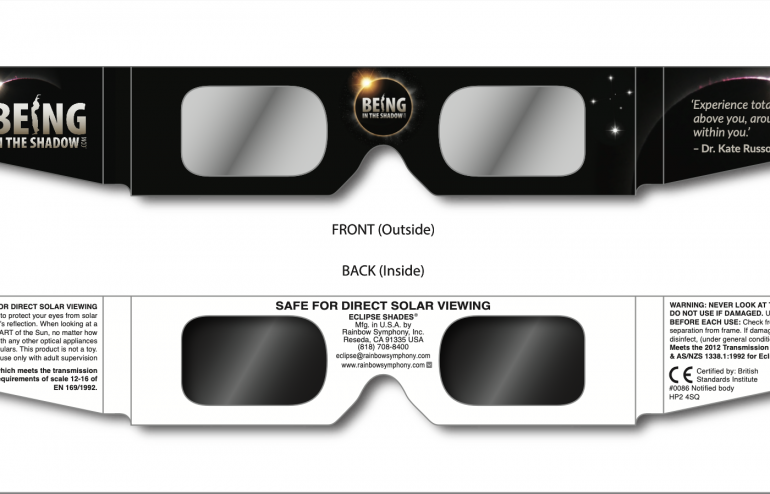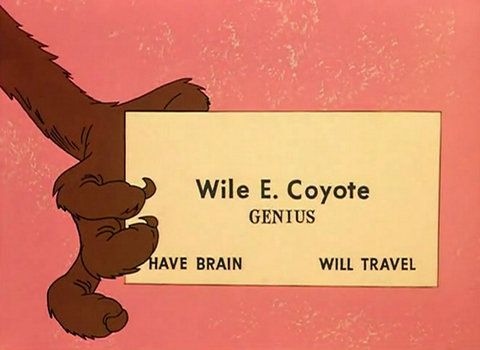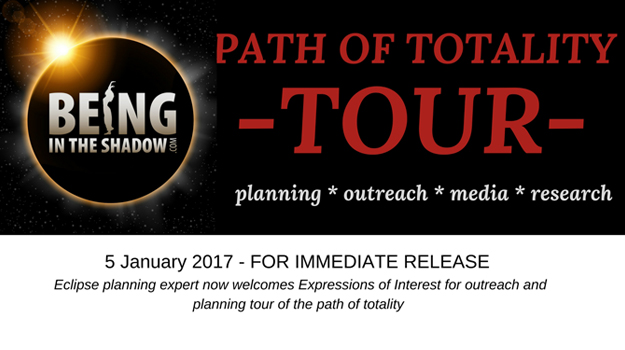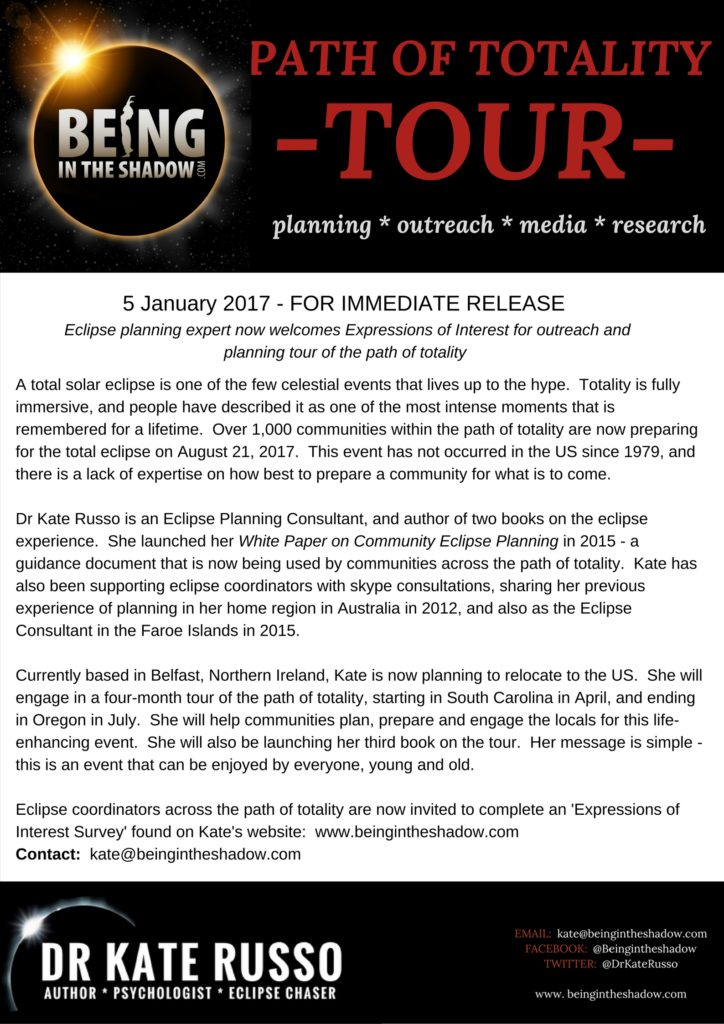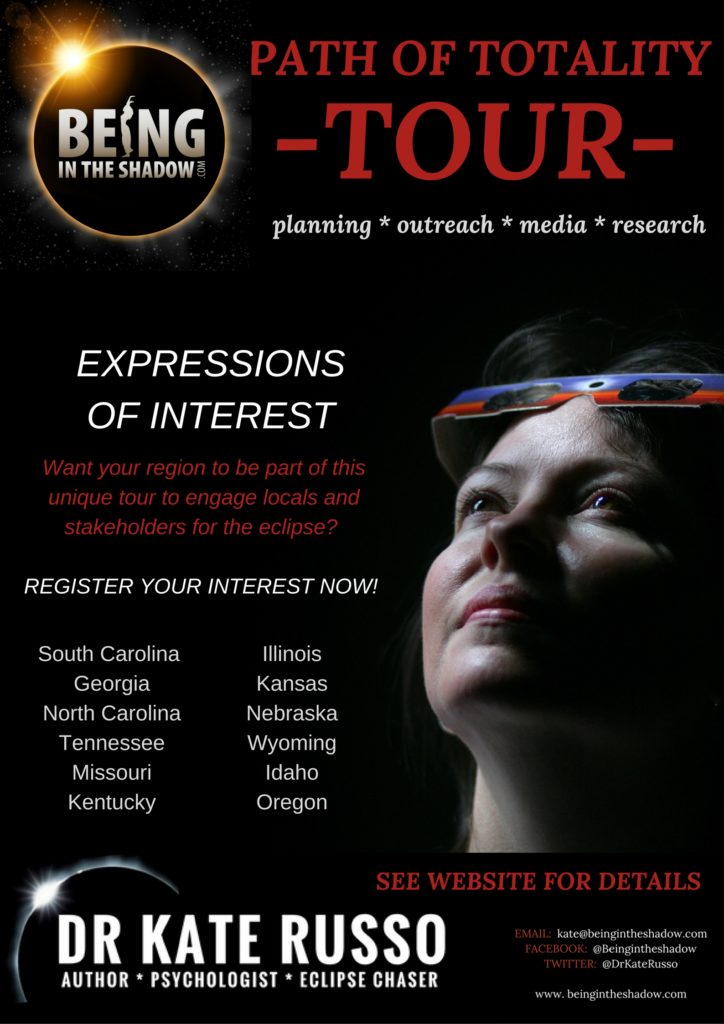
As everyone knows, looking at the Sun is NEVER safe. Indirect methods of observing a solar eclipse, such as pinhole projection, allow for safe solar viewing with no risk of eye damage. For direct viewing, solar filters can be used to protect the eyes during the partial phases, while during totality, the Moon blocks out the whole sun.
Eclipse chasers like me have been using solar eclipse glasses for decades. Those of us involved in planning over the years refer to the standardized, evidence-based guidance endorsed by leading international groups and found on eclipse.aas.org. This easy-to-follow guidance highlights risks but also shows HOW to view safely and has allowed for a consistent message to be reinforced year after year.
The Astronomical Society of Australia (ASA) now has an Eclipse 2023 site, drawing from the above resources and providing Australian-based practical guidance on how to view safely. Australia will be experiencing five total solar eclipses over the coming 15 years, so this is an authoritative website for this and future solar eclipses.
Gone are the days when people are advised to view a total solar eclipse by staying indoors, turning their backs, or watching on TV. Or so we thought!
Decision-makers for the Australian “Ningaloo Eclipse” are taking a safety-first approach for the total solar eclipse on April 20, 2023. Official eye safety guidance is provided via an external link from the website of the Australian Radiation Protection and Nuclear Safety Agency (ARPANSA). For the past year, this guidance has stated that there was no way to directly view a total solar eclipse safely and that solar eclipse glasses were unsafe and should not be used. The Chief Health Officer (CHO) advice drew from the ARPANSA viewpoint, and a recent ABC news article reinforced this message.
As an invited Solar Eclipse Reference Group member for this Australian solar eclipse on 20 April 2023, for the past year at every meeting, I have expressed my concerns at this messaging. I have provided information and links to evidence-based and internationally endorsed guidance. Beyond this forum, those involved in international standards, eclipse planning, and eye safety research have also attempted to challenge such out-of-date messaging.
Thankfully, there has been an important update.
This week’s joint press release from the Astronomical Society of Australia (ASA), the Royal Australian and New Zealand College of Ophthalmologists (RANZCO), and the Lions Eye Institute is significant and gives clarity regarding how to view safely and prevent eye damage.
Of particular note is the Position Statement from the Royal Australian and New Zealand College of Ophthalmologists (RANZCO). As experts in eye health, this guidance is really very helpful and practical. I recommend everyone to view this position statement. This is an excellent document for parents who are guiding their children on viewing safely – something that has been lacking.
The following three takeaways from the Position Statement answer the most common questions people ask me:
- Solar eclipse glasses are safe, and should be used for direct viewing of the solar eclipse
- Those within the path of totality can remove their solar eclipse glasses and safely view totality with the naked eye
- Australian standard welding shields and goggles with a lens category higher than 12 may be used to safely view the eclipse.
I am delighted to see that ARPANSA has now updated its guidance for safe solar viewing and is no longer stating that solar eclipse glasses are not safe. This is a major milestone.
I just want to express my gratitude and acknowledge all those who have been working hard on this issue to finally get this change. Ultimately, the best way of ensuring a ‘safety-first’ approach is to provide consistent and evidence-based information on HOW to view a solar eclipse safely. With only a fortnight to go, Australians now have this consistent information.
